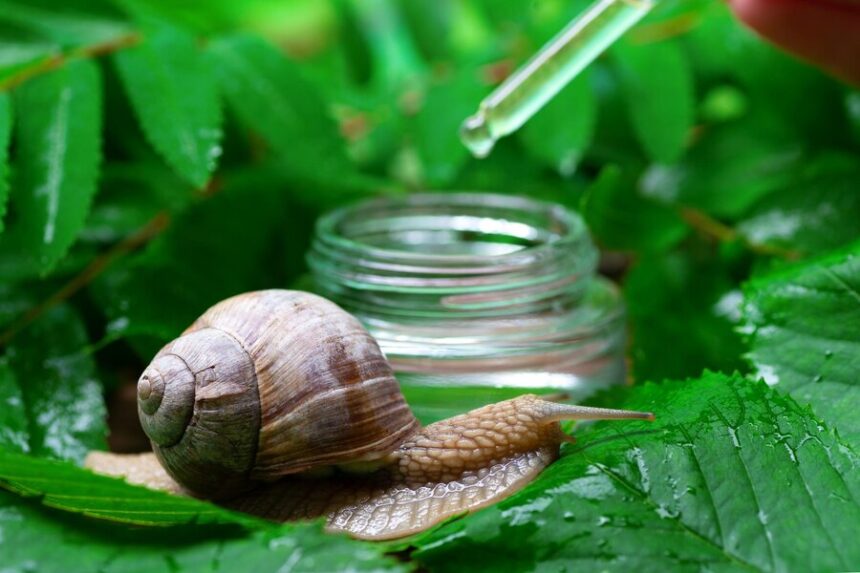Snail farming, also known as heliciculture, is gaining traction as a viable agricultural venture globally. South Africa’s diverse climate and market demand make it an ideal location for snail farming. However, before embarking on this entrepreneurial journey, there are several crucial factors to consider. In this article, we will delve into key considerations that prospective snail farmers should keep in mind.
1. Market Research: Before diving into snail farming, conduct thorough market research to understand the demand for snail products in South Africa. Identify potential buyers, such as restaurants, local markets, and even export opportunities. Knowing your market will help you tailor your production and marketing strategies accordingly.
2. Species Selection: Choose the right snail species for your farming venture. The two most common snail species suitable for farming are Helix aspersa (also known as the common garden snail) and Achatina spp. (giant African land snails). Each species has specific environmental requirements, growth rates, and market preferences. Make an informed decision based on these factors.
3. Habitat and Environment: Snails are highly sensitive to their environment. Create a suitable habitat that mimics their natural conditions, providing appropriate humidity, temperature, and shelter. Factors like soil quality, drainage, and vegetation cover should be considered when designing the snail pens.
4. Regulations and Permits: Check with local agricultural authorities about regulations, permits, and licenses required for snail farming in South Africa. Compliance with legal requirements ensures a smooth and trouble-free operation.
5. Feeding and Nutrition: Snails require a balanced diet to grow and reproduce. Their diet primarily consists of fresh greens and grains. Ensure a steady supply of nutritious food to support their growth and health. Feeding practices play a significant role in the quality of your snail products.
6. Breeding and Reproduction: Understanding the breeding cycle of your chosen snail species is crucial. Snails are hermaphrodites, meaning each individual has both male and female reproductive organs. Provide the right conditions for mating and egg-laying, and be prepared to manage hatching and the early stages of snail development.
7. Disease Management: Like any livestock, snails are susceptible to diseases and parasites. Implement strict hygiene practices and regularly inspect your snail pens for signs of illness. Having a well-defined disease management plan can prevent outbreaks and losses.
8. Scaling Up: Consider the scalability of your snail farming business. Start small and gradually expand as you gain experience and confidence. Scaling up requires careful planning in terms of infrastructure, labor, and resources.
9. Marketing and Sales: Develop a marketing strategy to promote your snail products. Utilize both online and offline platforms to reach potential customers. Highlight the unique selling points of your snail products, whether it’s their taste, nutritional value, or sustainable farming practices.
10. Financial Planning: Calculate the initial investment required for infrastructure, equipment, snail stock, and operational costs. Develop a comprehensive business plan that outlines your expected revenue, expenses, and potential profits over time.
Conclusion: Starting a snail farming business in South Africa offers promising prospects, given the increasing demand for snail products. However, success in this venture requires careful planning, research, and a commitment to providing the best possible conditions for your snails. By considering the factors mentioned above, you can lay a strong foundation for a thriving snail farming business in South Africa.
Join 'Farmers Mag' WhatsApp Channel
Get the latest Farming news and tips delivered straight to your WhatsApp
CLICK HERE TO JOIN






